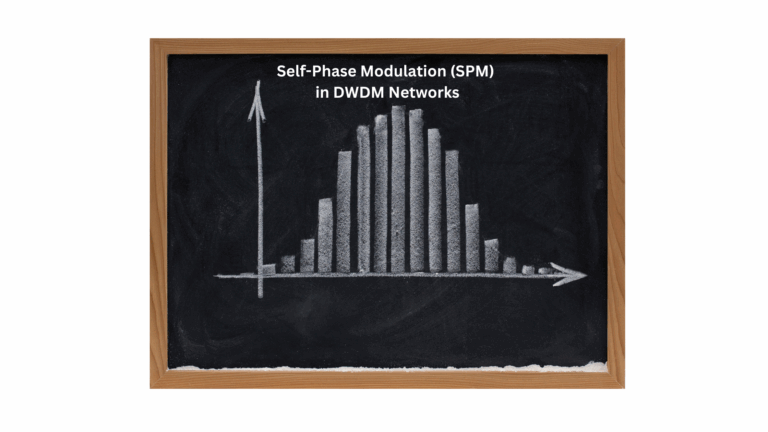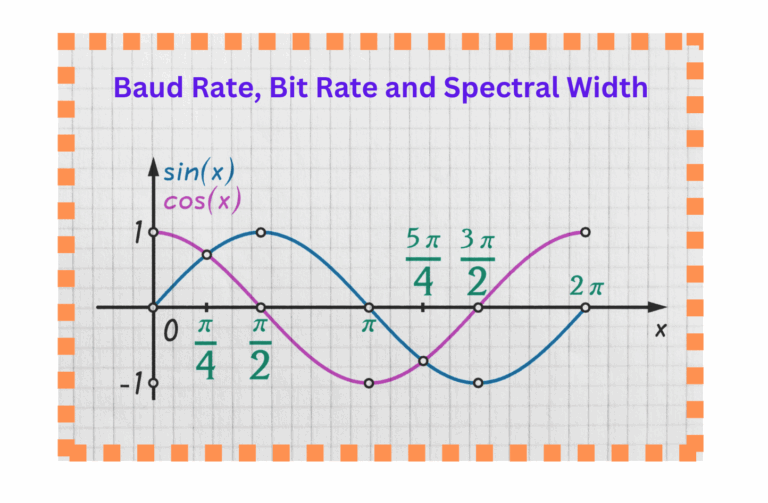HomePosts tagged “modulation”
modulation
Showing 1 - 6 of 6 results
Self-Phase Modulation (SPM) is one of the fundamental nonlinear effects in optical fibers, resulting from the interaction between the light’s...
-
Free
-
March 26, 2025
In modern optical fiber communications, maximizing data transmission efficiency while minimizing signal degradation is crucial. Several key parameters such as...
-
Free
-
March 26, 2025
In the world of optical communication, it is crucial to have a clear understanding of Bit Error Rate (BER). This...
-
Free
-
March 26, 2025
In this article, we explore whether OSNR (Optical Signal-to-Noise Ratio) depends on data rate or modulation in DWDM (Dense Wavelength...
-
Free
-
March 26, 2025
As the data rate and complexity of the modulation format increase, the system becomes more sensitive to noise, dispersion, and...
-
Free
-
March 26, 2025
As we move towards a more connected world, the demand for faster and more reliable communication networks is increasing. Optical...
-
Free
-
March 26, 2025
Explore Articles
Filter Articles
ResetExplore Courses
Tags
automation
ber
Chromatic Dispersion
coherent optical transmission
Data transmission
DWDM
edfa
EDFAs
Erbium-Doped Fiber Amplifiers
fec
Fiber optics
Fiber optic technology
Forward Error Correction
Latency
modulation
network automation
network management
Network performance
noise figure
optical
optical amplifiers
optical automation
Optical communication
Optical fiber
Optical network
optical networking
Optical networks
Optical performance
Optical signal-to-noise ratio
Optical transmission
Optical transport network
OSNR
OTN
Q-factor
Raman Amplifier
SDH
Signal amplification
Signal integrity
Signal quality
Slider
submarine
submarine communication
submarine optical networking
Telecommunications
Ticker



